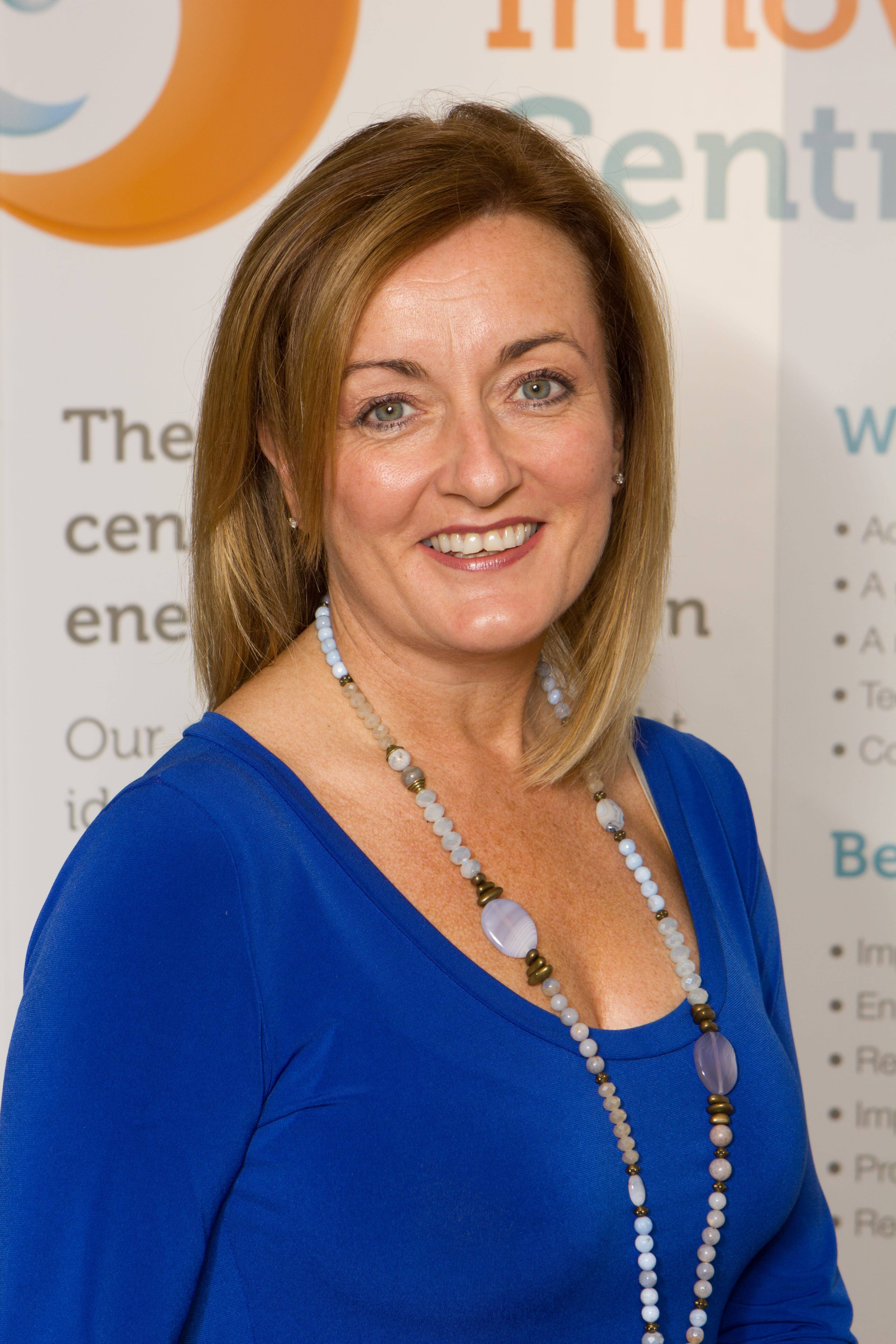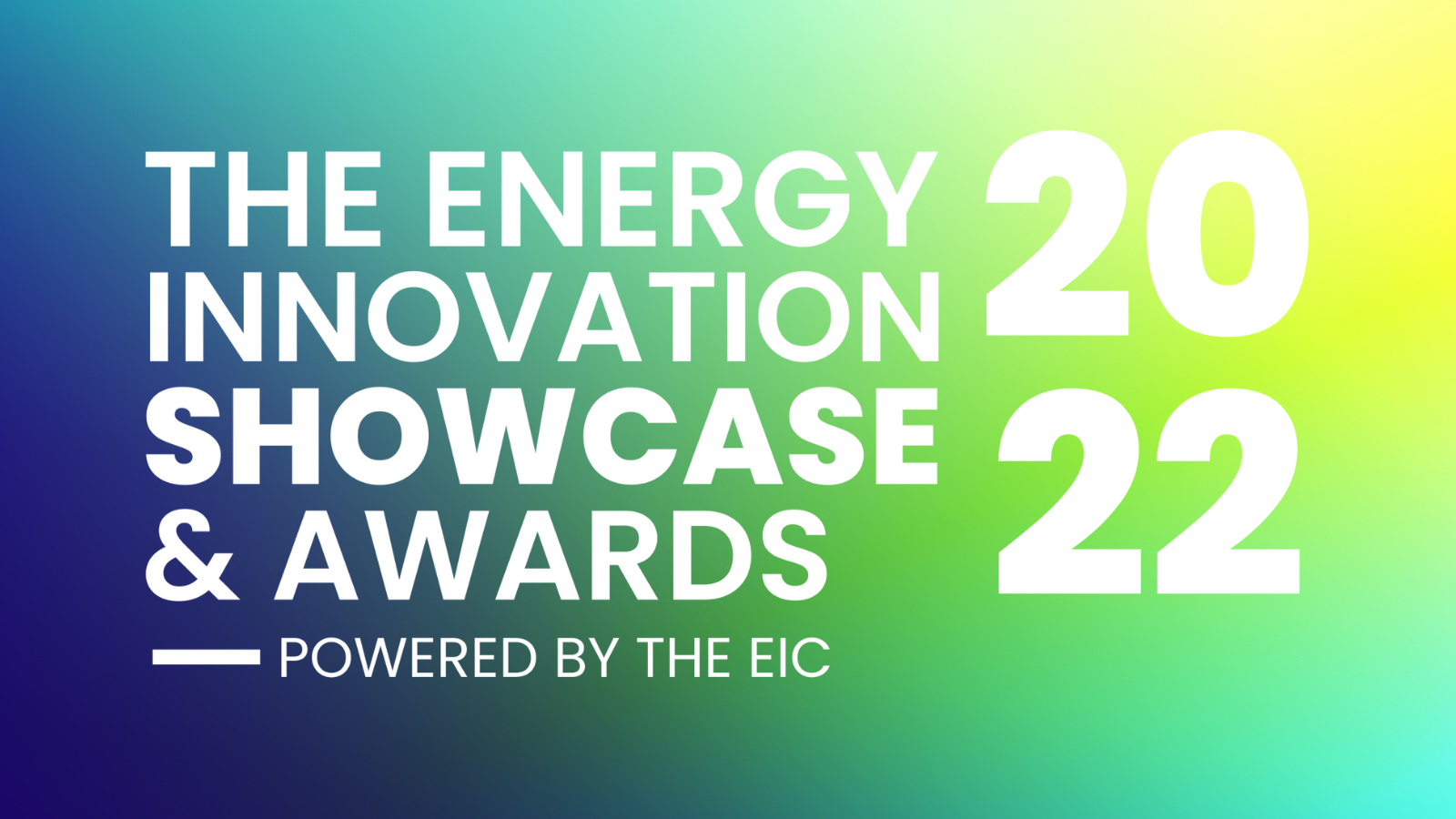You’ve reached your limit!
To continue enjoying Utility Week Innovate, brought to you in association with Utility Week Live or gain unlimited Utility Week site access choose the option that applies to you below:
Register to access Utility Week Innovate
- Get the latest insight on frontline business challenges
- Receive specialist sector newsletters to keep you informed
- Access our Utility Week Innovate content for free
- Join us in bringing collaborative innovation to life at Utility Week Live

Ahead of the Energy Innovation Center’s (EIC) new look Energy Innovation Showcase and Awards, managing director Denise Massey discusses the influences of a pandemic-driven sense of empathy, and the ‘long shadow’ being cast by price control, on sector progress.
 Ramping up innovation around customer vulnerability ranks among the foremost challenges facing utilities alongside dealing with resilience and sustainability, according to Denise Massey, managing director of the not-for-profit EIC.
Ramping up innovation around customer vulnerability ranks among the foremost challenges facing utilities alongside dealing with resilience and sustainability, according to Denise Massey, managing director of the not-for-profit EIC.
According to recent Office for National Statistics figures, close to nine-in-ten people (87%) saw an increase in their cost of living in March, with 83% citing gas and electric bills as the driver – second only to food shopping. As such 45% of households plan to cut their gas or electricity usage to compensate, while in February, Citizens Advice advisers supported more than 1,000 people on prepayment heat and energy meters who couldn’t afford to top up.
 “What was interesting about the start of 2021 was there was a greater sense of empathy in the industry – I think that has created better relationships across the sector and has helped embed the of the continued importance and focus on consumer vulnerability,” she tells Utility Week Innovate. “We all felt vulnerable at one time or another during the pandemic.
“What was interesting about the start of 2021 was there was a greater sense of empathy in the industry – I think that has created better relationships across the sector and has helped embed the of the continued importance and focus on consumer vulnerability,” she tells Utility Week Innovate. “We all felt vulnerable at one time or another during the pandemic.
“Looking at the start of 2022, I think the industry on the whole has addressed a new set of challenges – not least Storm Arwen, which brought huge operational and reputational challenges because people start to question why the lights are out and what’s happening within the sector,” she adds.
“Citizens Advice also produced a report forecasting that some of the most vulnerable people in our society are going to be spending 37% of their income on energy. That really, I think, creates a somber context to all our work. While the energy bills are more linked to the retail, we all contribute to costs on energy bills, so it’s incumbent on us all to be conscious of creating consumer value in everything we do.”

- Check out the 2022 Energy Innovation Showcase and Awards shortlist in full here
Pace of change
Yet despite the “somber context” set by the Cost of Living Crisis and more dynamic customer vulnerability, she describes the response among the EIC’s community – which comprises seven utility partners working with more than 7,000 innovators globally – as “resolute”.
“They are absolutely determined to deliver increased consumer value – there’s no doubt in my mind about that,” she says. “But it’s quite interesting because in that mood there are, I would say, shades of frustration because price control in the industry throws a very long shadow.
“As businesses are focusing on developing plans, formulating new ideas and strategies, we start to see the pace within businesses slow in terms of innovation,” Massey explains. “Innovators are hungry for more granular detail to hook on to so that they too can start begin to developing their ideas and their plans about how they’re going to contribute, seeing those innovation strategies and what network businesses need.”
This, however, comes off the back of a decade in which Massey has seen the energy sector’s approach to innovation both broaden and mature. “Companies now really accept innovation and the need for it,” she says.
“There’s a real differentiation between business improvements or smaller innovations, and then large and disruptive projects – you can see how stakeholders are shifting their businesses in terms of how they harness both of those levels.”
Massey adds that, unlike 12 years ago when the EIC was founded, collaboration is now not only commonplace, but something energy firms are pushing the boundaries of.
 “Over the last price control period, the sector really consolidated on collaboration,” she says. “Now some companies want to take collaboration to its extreme – almost joint venturing. It’s great to see that ambition.”
“Over the last price control period, the sector really consolidated on collaboration,” she says. “Now some companies want to take collaboration to its extreme – almost joint venturing. It’s great to see that ambition.”
Yet with this comes the challenge of managing tension between delivering shareholder value and working collaboratively – across different utilities – Massey caveats.
“There needs to be a mindset change so that when they are looking at change or a problem that they genuinely start to look at a whole systems perspective,” she says. “So for an electricity company not just looking at electricity and gas, but electricity, gas, and across to water. It has to start with the mindset and then the action follows. You’ve got to think it first.”
Meet the innovators: hear more from some of the finalists at this year’s awards
- Megan Smith, Frazer-Nash Consultancy
- Bruce Hutt, Enduratec
- Dale Colley, Altitude Thinking
- Joshua Wood, Fyld

Sector trajectory
Though what was previously the EIC Awards has returned from a pandemic-enforced hiatus boasting a brand new look as the Energy Innovation Showcase and Awards, Massey explains that the “primary purpose” of the annual showpiece hasn’t changed.
“It’s for the industry to come together and celebrate and support those who have contributed to innovation in the energy sector,” she explains, adding that creative twists on gongs gone by such as the addition of an Innovation Safari and new net zero and culture of innovation categories, will help firms better demonstrate how they have changed technically and behaviorally to deliver innovation.
This chimes with the EIC’s primary purpose of providing a shared platform to collaboratively facilitate the growth of innovation projects from idea to business as usual. In its 12 years of existence, more than 130 calls for innovation have been launched with 85% of these successful in sourcing a solution.
 More broadly, Massey explains that given the makeup of the Awards’ submissions generally reflects the trajectory of the sector, areas such as AI and data enjoy greater prominence alongside a core of business improvement, asset management and resilience projects on this year’s shortlist.
More broadly, Massey explains that given the makeup of the Awards’ submissions generally reflects the trajectory of the sector, areas such as AI and data enjoy greater prominence alongside a core of business improvement, asset management and resilience projects on this year’s shortlist.
Massey adds that one fifth of this year’s submissions came from companies new to the energy sector, and that judges have witnessed a “fascinating” increase in submissions relating to artificial intelligence (AI).
“We’ve been talking about AI for six years, so it’s great to see some of this is already landing within the industry,” she says. “It will be interesting to see whether any of these shortlisted companies are picked up, and their products developed over the next 12 months. That’s hopefully what we’ll be able to do next year, report back on the success of this cohort in getting contracts.”

Follow EIC on Twitter and LinkedIn for coverage of the Energy Innovation Showcase and Awards
Please login or Register to leave a comment.